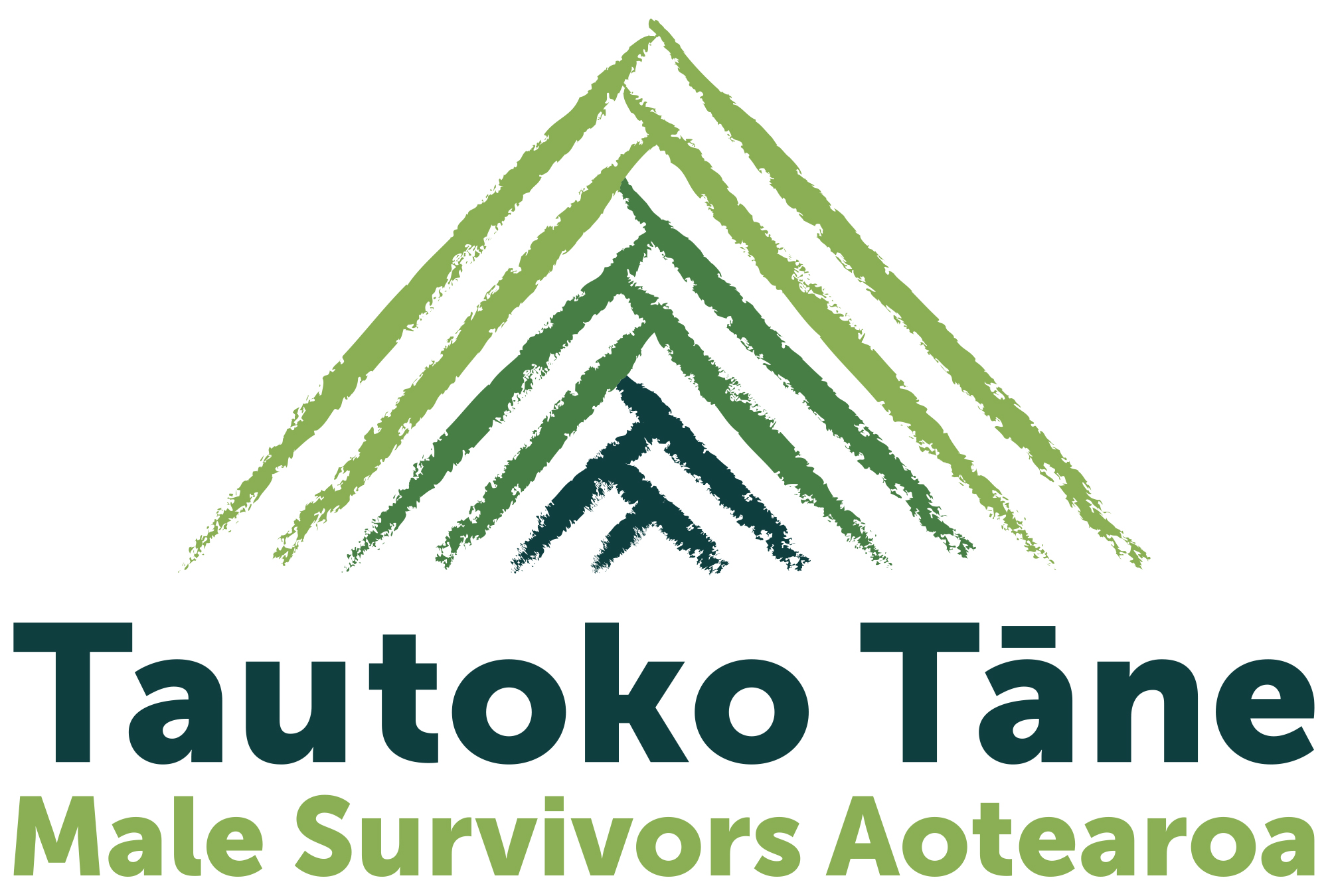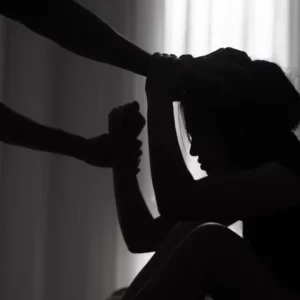People cope with grief in different ways, and the same holds true following a suicide. Many people will experience a broad range of emotions including, anger, hurt and sadness.
Although each person experiences grief in their own way, some common patterns occur. In his latest research, Victoria University of Wellington School of Education Lecturer Dr Chris Bowden examined the grief experienced by young men aged 18-25.
Chris is part of a network that responds following a suicide to provide ‘post-vention’ (as opposed to prevention) advice to schools. This network also includes the Traumatic Incident team from the Ministry of Education.
In his research into young men who had lost a friend to suicide, Chris found they were likely to experience four different types of silence as part of their grieving process.
“I was trying to get to the heart of what they experienced, what was common amongst all of them. That’s what phenomenology is about, it’s about getting to the essence of their experience, and silence was at the heart of that,” says Chris.
“Previous studies have found that some people bereaved by suicide experience stigma. Silence is part of that stigma, but these young men experienced different types of silence. This is new knowledge.”
Personal silence
The first type of silence experienced by the young men Chris spoke to – some of whom were students at the time of the suicide – was in relation to their early experiences of an “indescribable, acute grief”.
“It was the stuff they couldn’t talk about; it was so personal, so unique to them, and indescribable. They just couldn’t put any words to it because it involved a whole range of confusing and different reactions. So it was really frustrating to them to have people asking all the time ‘How are you feeling?’,” says Chris.
“That’s the first question people ask them and they’re like, ‘Well, how am I supposed to answer that?’. So they sit there and keep silent. It wasn’t out of choice, it was out of the fact that they just couldn’t help other people understand.”
Teachers and counsellors can show they care by acknowledging and validating the student’s experience, says Chris.
“Don’t ask them how they are feeling – they can’t describe it and it’s too painful. Don’t tell them you know what they are going through; you probably don’t. Instead, tell them you know what they are going through is hard, that what they are experiencing is normal; remind them that you are there for them and ask if them if there is anything you can do for them.
“Suicide is incredibly disempowering and it threatens people’s sense of agency. It takes away a lot of their control and power so when somebody does something like this it pretty much immobilises them and disempowers them. Anything you can do to give power back to that person can help. For example, saying, ‘What is it you need right now? What’s one thing I can do for you?’ gives power back to that person.”
Private silence
The second silence Chris describes is private silence, in which the young men deliberately chose not to share their experience with others, either by suppressing their emotions or simply by not discussing their thoughts and feelings with other people.
“Young people are in a really sticky situation because we give them really mixed messages. On the one hand, we say to them, ‘Look, you’re no longer a child, you’re growing into an adult, you need to take control, you need to be able to cope with life’, and we say to them, ‘If you don’t cope, you’re not being adult’. So when something like this happens and they can’t cope, they have to overcome that barrier and decide, ‘Do I admit my vulnerability and ask for help, or do I try and cope the best I can and alone?’. This is why it’s so hard for young people to seek help, because if they do that they’re admitting that they can’t cope,” says Chris.
As well as fearing judgement and showing vulnerability, private silence can also stem from a desire to protect others around them.
“It was also about protecting other people, so their parents wouldn’t get worried, so their friends wouldn’t worry; they didn’t want all the stress and the hassle of having people fussing over them all the time, so they just basically didn’t tell people stuff.”
This often included significant issues such as their own depression and suicidal thinking. In order to encourage young people to seek support, Chris says teachers should aim to normalise help-seeking.
“We need to give young people a really clear message that everybody needs help at some time in their life and that it’s not a sign of weakness but actually a way for them to solve their own problems, get a new perspective, learn new strategies, regain control, manage and develop resiliency,” he says.
“I think the other really big thing is that we need to stress privacy and confidentiality to young people. Their biggest fear was that other people would find out and judge them and that there would be a loss of status, so when you talk to young people about what’s going on for them you have to assure them that what they tell you will be kept private and confidential – but that there are limits to that confidentiality. We’re not going to keep secrets when it comes to suicide.”
Public silence
Public silence occurs when young people who try to talk about suicide are shut down, either knowingly or unwittingly. Although it can be a difficult subject to discuss, Chris says it is important for teachers and other adults not to ignore or rebuff a student who is trying to initiate a discussion.
“If we want to combat public silence, we need to teach parents, friends and teachers how to respond to disclosures. They need to know what to say and do when somebody tells them something really challenging,” he says.
“If you teach people how to talk about suicide sensitively, carefully and respectfully, you can get a message out there to other young people that yes, this is sad, this has happened, but there is hope and there is help available in times when you feel like you can’t go on; people care.”
Teachers can encourage a student to open up by showing they are a safe person to talk to, remaining calm and collected, knowing what to do, acknowledging their own feelings and by building relationships with their students.
“The people that they broke their silence with were the ones they trusted and the ones who disclosed to them first, the ones who actually said, ‘I can help you get through this’. People who offered them practical support and advice,” says Chris.
“Teachers and counsellors need to make an effort to build a relationship and not be just another ‘random’ that young people are supposed to trust and go to for help, but have some knowledge of what they can do to manage their grief and where they can access support.
“If friends, parents and teachers show young people that they can handle what they have to say, those young people will be encouraged to break that silence.”
Analytic silence
Analytic silence is usually experienced further down the track, months or years following a suicide. This period often involves personal growth and reflection on change by the young person.
“They needed a space in their day to reconnect with the person they lost, think about them, process thoughts and feelings, try to make sense about what was happening and to quieten their minds and hearts. Grief is not something you deal with in three days and then it’s done; this stuff goes on for months and years, where they’re trying to reflect and make sense of what has happened to them,” says Chris.
Students experiencing grief often have difficulty concentrating, so schools can provide support by having a quiet space for students to work in if they wish.
“Sometimes they just need a quiet space in the library if the classroom is too noisy and there’s too much going on in the school. They want to do their work; they just need a quiet space to just go away and concentrate. It is difficult to focus and concentrate when you’re grieving.”
Educators who are concerned about a student can end up being overbearing, or forget that grief is not something that you get over in a few weeks, says Chris. He advocates allowing a few students to work in a quiet space together instead of directly supervising a student who wants a quiet space to study.
“Sometimes they need to be with friends who knew the person and who share their connection and grief. It is also important to let students know that such a space and ongoing support is available, as they often don’t feel comfortable asking.”
However, teachers need to be able to differentiate between giving students space and leaving the student unsupported.
“Guys will withdraw, make sense of stuff and then they’ll come back. If they isolate themselves completely then we need to be looking for that,” he says.
“It’s those invisible boys we need to be looking out for – they look good on paper because they’re not causing any problems, but they’re very quiet, they’re very withdrawn and they’ve often had a lot of other stuff going on in their lives. And we need to also be looking out for boys who have limited coping skills and limited communication skills.”
Who is best placed to help?
Student wellbeing is everybody’s responsibility, especially following a suicide, so relying solely on the school counsellor to provide support is unlikely to be effective.
“You can’t just pick out special people at the school and just say suicide prevention or post-vention is your job. It’s everybody’s job; everybody can do something. I talk about a CARE framework (containment, awareness, resilience, engagement), which is what really drives my approach to working with young people, and is around containment, offering that safety and inner calmness to a young person when everything in their life is out of control and so distressing and difficult to deal with, you offer that safe harbour,” Chris says.
“You’ve got to help them develop some insight and become aware of how they’re feeling and accept what’s going on for them and be there to talk about it when they’re ready.”
However, a teacher who has a good relationship with a particular student may be more effective when offering support.
“It’s often maybe a teacher who understands male ways of caring. We often think of boys as not being caring but they are, they’re very caring – they just care in different ways,”
says Chris.
“Maybe it’s a teacher who promotes resilience by encouraging male courage, someone who knows that boys take risks, boys like to protect their friends, boys like to keep going even despite the pain that they experience; that it takes guts to face their problems, persistence and grit.
“We need teachers who understand and promote resilience in boys who are grieving. They need male heroes and strong social connections. They need to look up to male teachers in particular. Not all heroes need to be male, but male heroes are important and maybe that male teacher in the school is someone who is really kind and caring and nurturing, someone who challenges those gender stereotypes and has a really caring and respectful relationship with students.
Chris’s parting advice is simply to engage and listen: “Turn the volume down. Boys talk less and they talk less loud. We need to really listen to what boys have to say. Counsellors need to work slow, they need to go at a safe pace with young men and let them lead. Let them have a voice and choice. They need to validate those young men’s experiences, acknowledge that pain and suffering, build that trust and rapport and convey a sense of hope and management.”
Helpful resources
The Mental Health Foundation has produced Kōrero, a resource to help parents, teachers, aunts, uncles and other whānau have safe, open and direct kōrero with taiohi/young people about suicide.
The guidelines for providing pastoral care, guidance and counselling in secondary schools – Te Pakiaka Tangata: Strengthening Student Wellbeing for Success – help secondary schools and wharekura discuss the roles, expectations and legal requirements of form/whānau teachers, deans, guidance counsellors, school trustees and principals, in the provision of pastoral care.
Source: Education Gazette
Mental Health Awareness Week (MHAW), runs from 8–14 October 2018. This year’s theme is Let nature in, strengthen your wellbeing – Mā te taiao kia whakapakari tōu oranga
Where to get help:
If you are worried about your or someone else’s mental health, the best place to get help is your GP or local mental health provider. However, if you or someone else is in danger or endangering others, call police immediately on 111.
Need to talk? Free call or text 1737 any time for support from a trained counsellor.
Or if you need to talk to someone else:
Asian Helpline – 0800 862 342
Lifeline – 0800 543 354
Suicide Crisis Helpline – 0508 828 865 (0508 TAUTOKO)
Youthline – 0800 376 633 or free text 234
Kidsline – 0800 54 37 54 (for under 18s)
What’s Up – 0800 942 8787 (for 5–18-year-olds 1pm–10pm weekdays and 3pm–10pm weekends)
Depression Helpline – 0800 111 757 or free text 4202
Samaritans – 0800 726 666
OUTLine NZ – 0800 688 5463
Healthline – 0800 611 116


